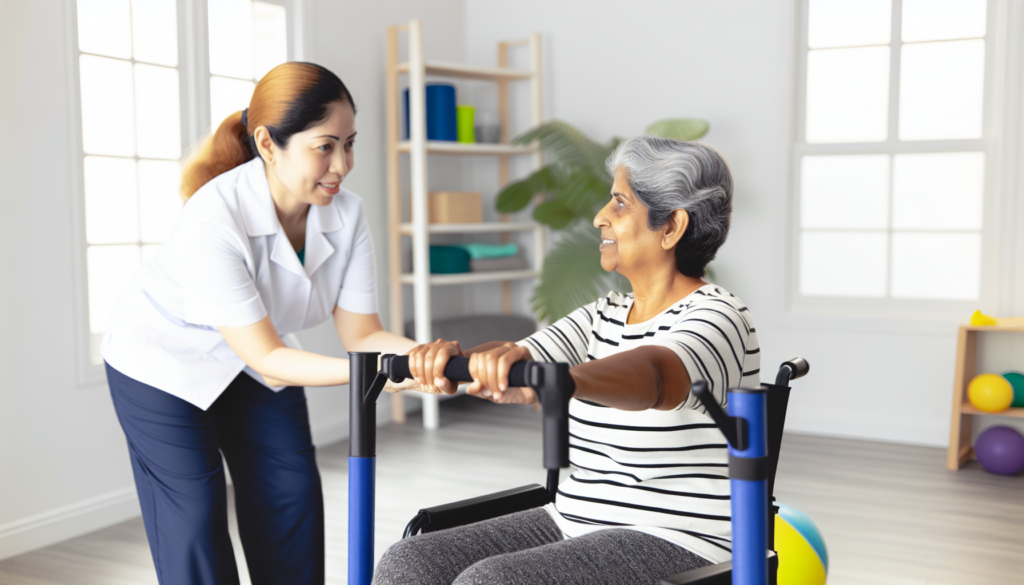Mastering Mobility: Exercise Tips for Home Health Care Patients
Caring for your health at home doesn’t mean you have to stay sedentary. Whether you are managing a chronic illness, recovering from a surgery, or simply aiming for better general health, physical activity can provide significant benefits. Regular exercise improves cardiovascular health, aids in maintaining a healthy weight, enhances muscle strength, and boosts mental wellbeing. However, for home health care patients, it can sometimes be challenging to navigate the world of fitness. Here are some exercise tips that you can incorporate into your home health care regimen.
Consult Your Healthcare Provider
Before starting any exercise regimen, it is crucial to consult your healthcare provider. Different medical conditions may have specific exercise accommodations or limitations. For instance, certain cardiovascular diseases might require lower-intensity exercises, while arthritis may necessitate low-impact workouts. Your healthcare provider will advise the type, intensity, and duration of exercise suitable for your current health condition.
Start Slow and Gradual
If you are new to exercising, start with low-intensity activities like walking, assisted stretching, or light resistance training. Gradually increase the intensity, duration, and frequency of your workouts as your body adapts and your fitness level improves. Remember, your goal should be consistent progress, not instant perfection.
Use Available Home Resources
One of the benefits of home health care is the ability to customise your surroundings to suit your needs. Use your home resources to aid your exercise routine. Stairs can be used for stair stepping while chairs can act as tools for doing seated exercises or stability support for standing exercises.
Listen to Your Body
Even with a tailor-made exercise plan, it’s important to listen to your body’s signals. If you experience excessive fatigue, shortness of breath, or pain, stop exercising immediately and seek medical advice. It’s essential to strike a balance between pushing your physical limits and protecting your health.
Consistency is Key
Consistency matters when it comes to reaping the health benefits of exercise. Make a schedule for your exercise routines and stick to it. Even exercising for a few minutes each day can yield significant health benefits over time.
Include Variety in Your Workout Routine
Aim for a combination of cardio, strength, balance, and flexibility exercises to ensure you meet all aspects of fitness. This not only maximizes benefits but also keeps your routine interesting and motivating.
Create a Safe Workout Space
When exercising at home, ensure your workout space is safe. Remove any clutter that could lead to accidents. If necessary, have a caregiver, family member, or home health care professional present during your workout, especially if you are new to exercise or have a serious health condition.
Stay Hydrated and Nourished
Ensure you’re consuming enough fluids and nourishing food to sustain your physical activities. Staying hydrated and properly fuelled is crucial, particularly for individuals managing chronic conditions.
Exercise Mindfully
Practice mindfulness while exercising. This can not only make your workouts more enjoyable but can also improve your mental health. Being aware of your movements and focusing on how your body feels can bring a whole new dimension to your workouts.
Regular physical activity is essential for maintaining and improving health, especially for home health care patients. However, it’s important to approach fitness with careful planning and safety considerations. With potential benefits including improved stamina, better mood, increased strength, and a healthier heart, investing time and effort in regular exercise at home is indeed a sign of proactive self-care.
Stay Invigorated
Remember, self-care doesn’t have to be a chore. Make your exercise routine something you look forward to each day for a healthier, happier you.



